Wishbone Ash's Andy Powell: "We were the second generation. You’d already had Beck, Clapton, Page, Green. It was up to us to carry the torch"
The British rock guitarist on Jamaican weed, redeeming the Flying V, and how Peter Green became his guitar hero…
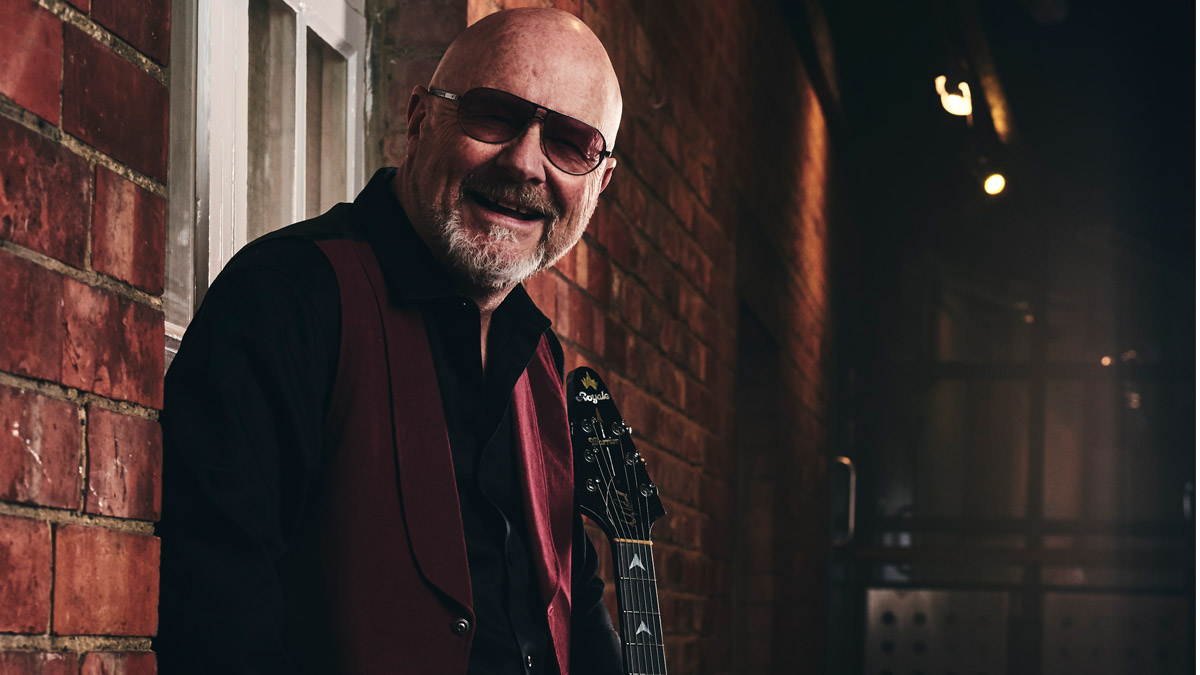
There’s a note of disbelief in Andy Powell’s voice as he reels off the vital statistics of Wishbone Ash. 50 years. 25 studio albums. And too many ex-band members to compute (some going more quietly than others).
“I joke on stage with our newest member, Mark Abrahams, that I’ve burnt out nine guitar players before him,” chuckles Powell. “But he takes it very well.”
As the sole remaining member of the line-up that set out with 1970’s Wishbone Ash, and lifted off with 1972’s masterpiece, Argus, Powell is the custodian and mouthpiece of this band – and there couldn’t be a better man for the job. Friendly, engaging, garrulous and great company, he’ll happily lead you down memory lane, from Flying Vs to court cases.
“I’m giving you a lot of information,” he considers. “But it’s a shit-ton of work."
My best playing is when I’m not thinking and just let it fly. When you really hit it, there’s a transcendence
When you revisit 1970’s debut album, do you recognise yourself as a player?
“Yeah, I do. I can hear the emotional excitement. I’m a speedy character and I can hear that in the youthful playing. But technically, I’m a lot more advanced now. I couldn’t pick a guitar in those days. If I played those parts now, I’d probably get myself under control. But then, somebody else would say, ‘No, don’t lose that mad, out-of-control thing.’”
What are your proudest moments?
Get The Pick Newsletter
All the latest guitar news, interviews, lessons, reviews, deals and more, direct to your inbox!
“The first album and Pilgrimage [1971], we were slogging around the clubs, so those two albums were our live set. Our first song, Blind Eye, was designed to wake people up in a club. Argus is where we hit our stride. A lot of the pieces were written in bedsits in Ladbroke Grove, sitting on people’s beds. We all lived in the same street, like a little commune. On tour, living in these tight, confined spaces, whether someone was reading a book by Tolkien, or someone picked up a Bible, we’d all be transferring ideas.”
How did the classic songs take shape?
“Mostly with acoustic guitars. I was really into Fairport Convention and Celtic rock at the time, so I was writing songs like Errors Of My Way. But when you transferred that to electric… I remember [co-guitarist] Ted Turner came up with the main lick in The King Will Come, then we plugged in the electric guitars and suddenly it was like, ‘Wow, we can hear this stuff being played in concert halls.’
"At the time of Argus, we were on the cusp. We were going to America. We couldn’t just go out and be a jam band. We needed bigger themes. We needed Throw Down The Sword and The King Will Come.”
Great training for a guitar player is to shut the fuck up and listen
What atmosphere were you trying to create with your playing?
“If you want to hear what I’m about, I’d pick Sometime World or Throw Down The Sword. That’s my stamp. It’s emotive work. My best playing is when I’m not thinking and just let it fly. When you really hit it, there’s a transcendence. For me, it’s like the way people describe astral projection, without getting pretentious. When you look down and go, ‘I don’t have a fucking clue what my fingers are doing – but they’re doing something and it’s connected with my heart.’ And if I can get that on record, then I’m really cooking with gas.”
Can you explain how the band’s twin-lead style developed?
“We were the second generation, don’t forget. You’d already had Beck, Clapton, Page, Green. Then it was up to us to carry the torch. And that was really the reason for the twin-lead guitar thing. Because how could you top Beck? You couldn’t. You had to think laterally. Another thing I learnt from Fleetwood Mac was how one guitar player would – in a gentlemanly way – step the hell back and let the other guy do his thing. So I never considered it to be a battle with Ted. We always knew who was going to play each solo, no ego problems. Great training for a guitar player is to shut the fuck up and listen.”
Ted left at an unfortunate moment…
“I treat regrets as life lessons. But we were just coming into our stride. Ted could see he was going to be shackled to a life as a gigging musician and I think the idea of that scared him. But it was just at that point when we were about to conquer America. I think, if he could have just stuck with it, we could have achieved greater heights. I don’t think we fully realised the potential of that first incarnation. Then we went through a period of self-doubt, trying to find a new direction with Laurie Wisefield, not always finding it.”
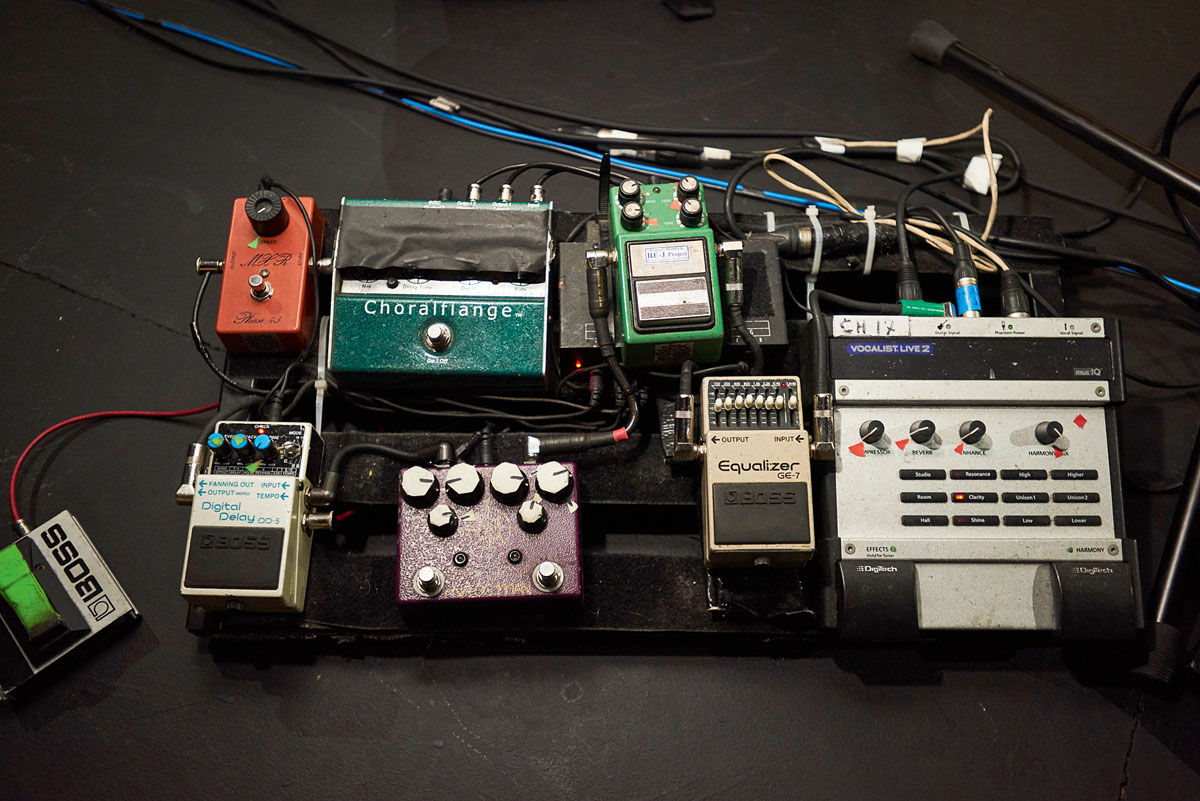
How was the guitar interplay different with Laurie?
“There was perhaps a bit more competition with him. Our music became more aggressive, more technical. We both had to learn elements of each other’s styles. He came from a country format; I came more from a bluesier place. So I had to learn how to pick and he had to learn more single-string playing. Laurie stepped into a period of success, particularly in the States.
"My favourite moment with that line-up was when we went to Miami to record There’s The Rub [1974]. We were like the soundcheck band for the Eagles’ Hotel California: they came in literally the day we left. We’d already written F.U.B.B., and there were some nice moments playing those lines with Laurie in harmony, backed up by Latin conga players, down in there in the heat of Miami – while smoking copious amounts of Jamaican weed, I might add.”
Bear in mind, it was a bit of a dog at the time. Nobody wanted a Flying V. Aside from Albert King, nobody could get their head – or arms – around it
What do you think were the cornerstones of your sound?
“There were two aspects. On stage, we quickly gravitated towards Orange OR100s. Massively heavy, very clean, hi-fi-sounding, midrange-y, punchy as hell, loud – it was the perfect amp to conquer the stadiums with. Because bear in mind that PAs were pretty weak in those days. I played the Flying V, Ted played a Strat or Les Paul, so with that arsenal, we could create a lot of sound. We didn’t need pedals. If you played a solo, you just turned the guitar up.
“The second aspect was in the studio. It came to my attention that the best way to get a really good sound was with vintage tweed Fender amps. I had two 4x10 Concerts. I would close-mic and distant-mic them, which was a fairly new concept at the time.”
You can’t be an average player with a Flying V, can you?
“You’ve got to stick your neck out. Bear in mind, it was a bit of a dog at the time. Nobody wanted a Flying V. Aside from Albert King, nobody could get their head – or arms – around it. I bought my Vs at the same time I bought the Orange rig. They had two ’67s – this was in about 1972, so they were five years old, but no-one had wanted them.
"I always thought it was an amazing shape. But when I played the thing, even before I plugged it in, I realised it had this vibrant sound. It had a bit of twang, which a Les Paul didn’t. It suited my style. I like ringy, open chords. You combine that with the photo-visual side – they loved to show a picture of me in Sounds and Melody Maker.”
You and original bassist Martin Turner went to court over the Wishbone Ash name. Could you ever be friends again?
“I’ve tried at various points. He’s tried. I just think we’re intrinsically such different people. It’s like a divorce. We’re not in each other’s lives any more. I hope that at some point we could look each other in the eye and go, ‘Hey, you old bugger’ or whatever. But I don’t hold my breath for it.”
What can we expect from this year’s Coat Of Arms album?
“It’s technical, for sure. We’re not afraid to do unusual timings, long songs, complicated arrangements. But there’s also a depth of feeling, and I’m not afraid to wear my political allegiances on my sleeve. Some songs go up to eight minutes and, you can imagine, you can’t sing for that long, so there’s lots of twin guitar. It’s Mark’s studio debut – and he’s phenomenal.”
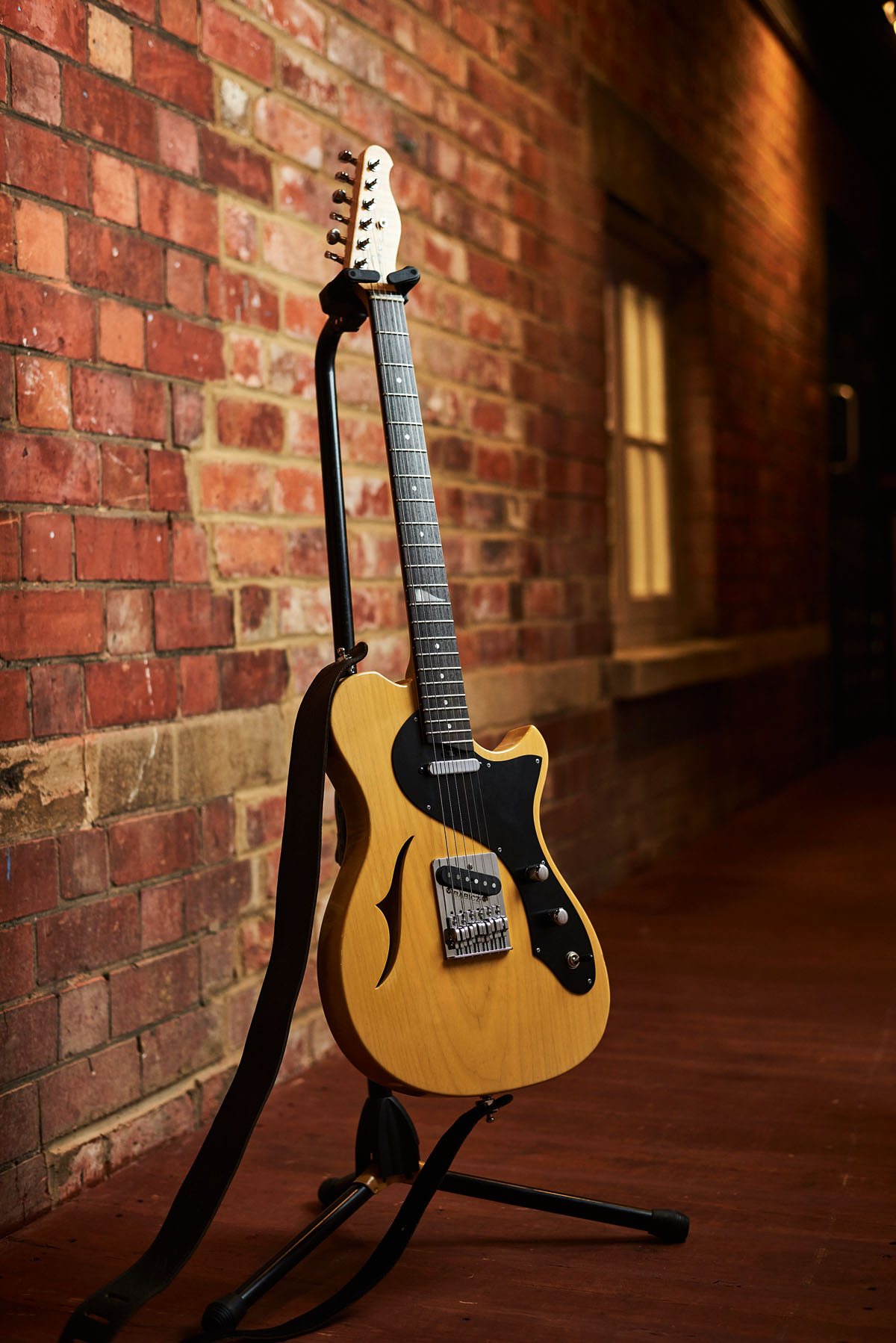
Andy’s APJT Thinline by Case Guitars features a chambered swamp ash body and rosewood fingerboard, while the dimensions of its quarter-sawn flame maple neck are based on Andy’s 1952 Tele.
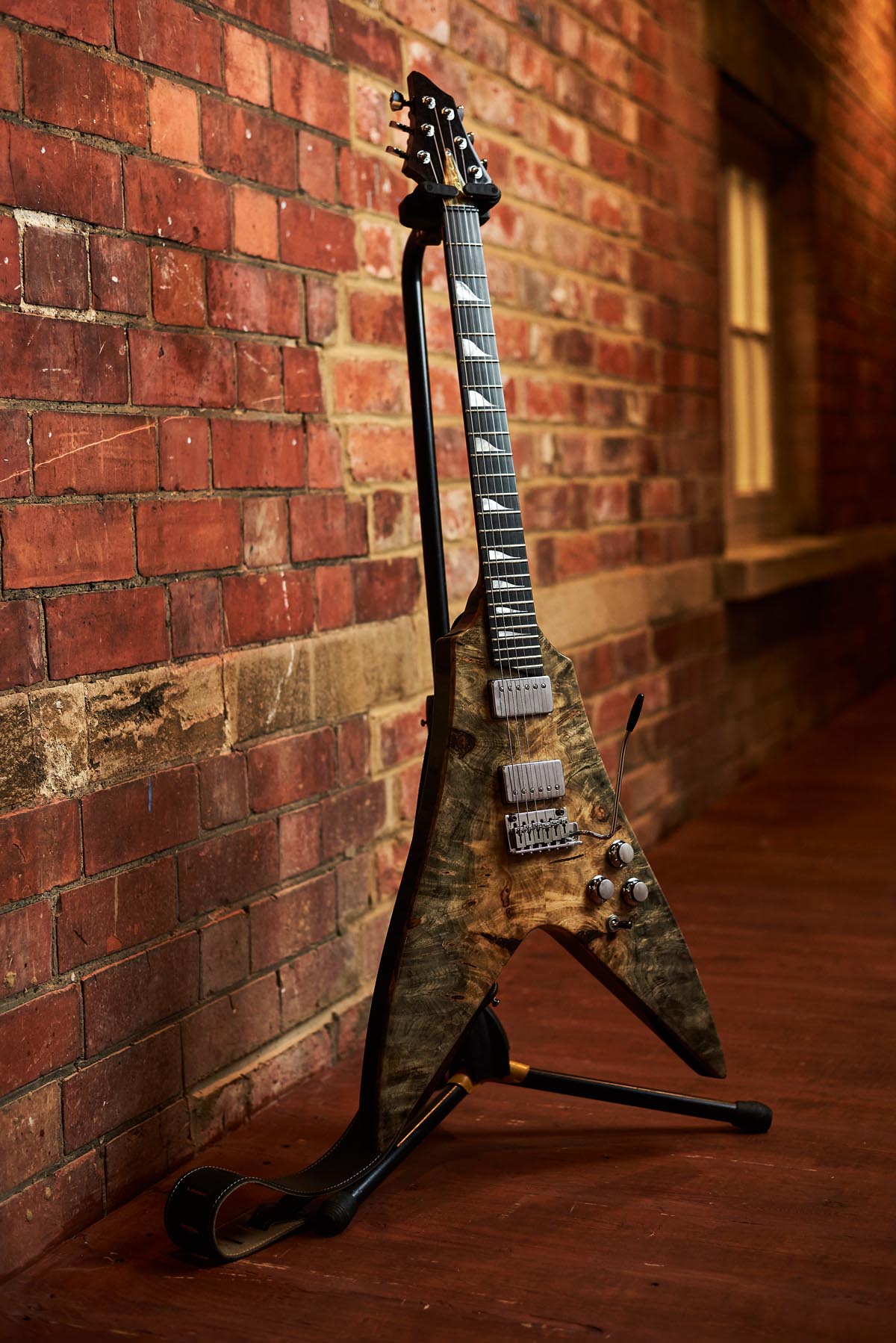
Andy’s love of Vs began in the early 70s when “no-one had wanted them” and it’s still going strong today with models such as this Case APJV Carved Top.
Is it important that you’re not just a ‘greatest hits’ band?
“Oh, I’d have given up years ago. I can’t stand that whole thing. Sure, you use your laurels, but you don’t rest on them. I’ve got to be vital. I’ve got to feel like I’m exercising that creative muscle. I know fans love nostalgia, but I’m living in the now. I can’t go out there and be a parody of myself.”
Return of the Mac
A Peter Green super-fan, Powell gives us his verdict on the newly released Fleetwood Mac box-set
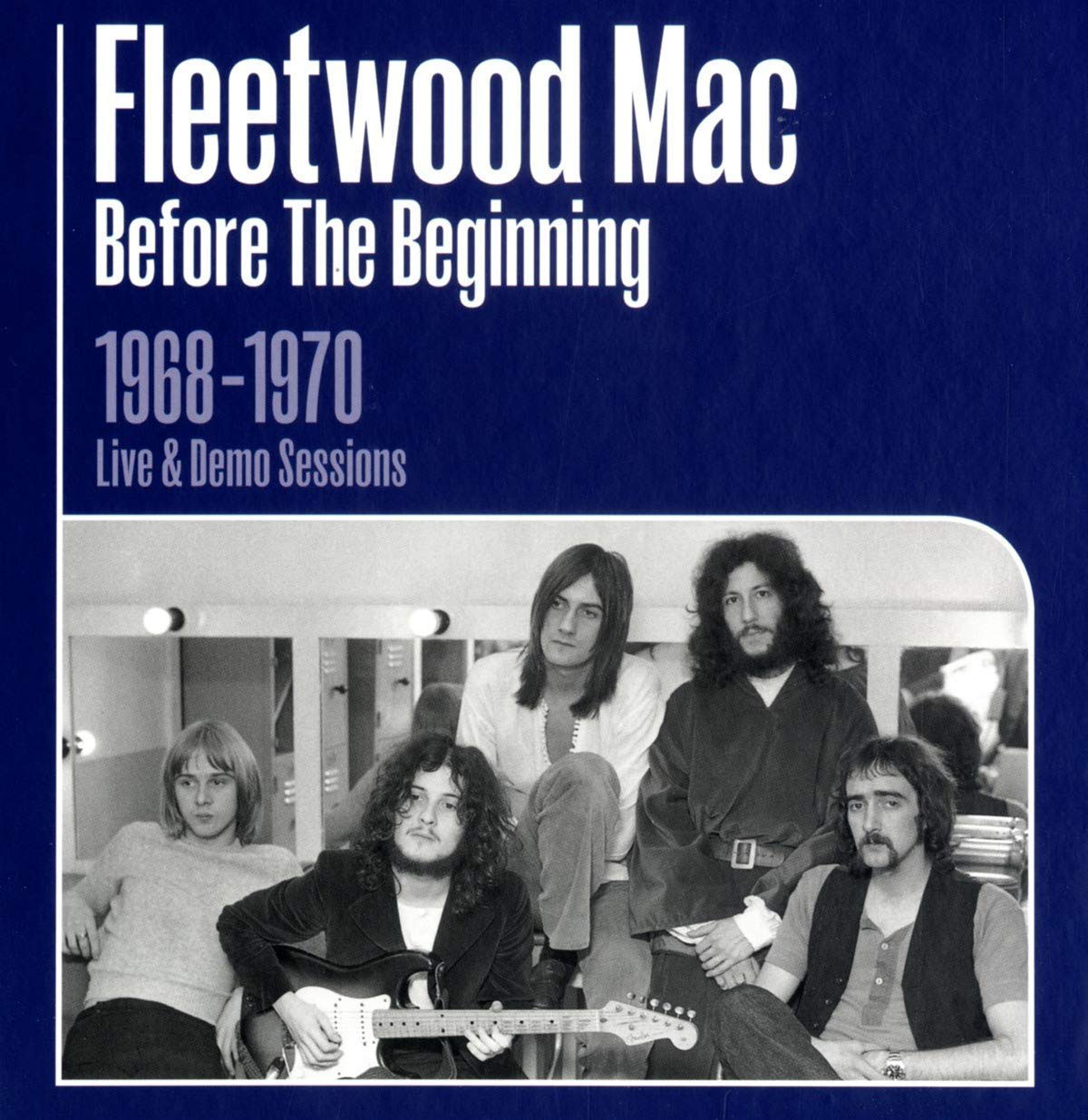
“When we hit the summer of love in 1967, everything exploded for me. We’d gone through the British blues boom, so John Mayall was on my radar, and through listening to Mayall and Clapton, the next port of call was obviously Peter Green.
"Bluesbreakers tracks like The Supernatural blew me away. Clapton took me into another dimension as far as what could be done on guitar with single-string soloing. But Peter had this kind of mojo. It was a bit scary.
“He was the complete package. He had light and shade in his playing: he’d go from a whisper to an out-and-out screeching solo. He pioneered that out-of-phase pickup thing with the Les Paul, gave his solos this human sound, almost like a vocal. It was like a plaintive, yearning kind of deal. No-one else was playing like that. He wore all his influences well – y’know, BB King and Otis Rush and everyone – but he just made it something uniquely Peter.
“In 1967, when I was 17, I was fortunate enough to go to the National Jazz & Blues Festival in Windsor and saw Peter Green and Fleetwood Mac. At the end of the show, I leapt up on stage, grabbed him round the neck and pulled him back on for an encore. That was a seminal moment for me. I was just overcome.
I often think that with demos, you get more of the spirit of the song
“I was hooked. I was hoping to somehow get some of that mojo Peter had, hoping some of it might rub off on me. That’s why I grabbed hold of the guy, in a way. And I think a fair bit of it did. Fleetwood Mac was one of the very first twin lead-guitar bands, so that whole deal was impregnated into the early DNA of Wishbone Ash, which came along two years later.
“Ted Turner and I were both besotted with Peter Green. There are lots of similarities and influences of Peter Green and early Fleetwood Mac, though Wishbone took it a little bit more in a truly English direction, with more Celtic and folk roots, as opposed to pure American blues.
“I’ve had a good listen to the new boxset. It’s really quite astounding. Number one, where did these recordings come from? Number two, they’re really damn good. The demos are really enlightening. I often think that with demos, you get more of the spirit of the song before the, let’s say, ‘proper recording’.
“On this set, you’ve got the very early Mac entity, with Jeremy Spencer and the Elmore James thing, and you’re hearing a bunch of guys just having a great time. Then you get to the 1970 period with Oh Well and The Green Manalishi, and Danny Kirwan coming on the scene. It’s fascinating. One of the best selections I’ve heard, actually.”
- Wishbone Ash's Coat of Arms is out 28 February through Steamhammer
Henry Yates is a freelance journalist who has written about music for titles including The Guardian, Telegraph, NME, Classic Rock, Guitarist, Total Guitar and Metal Hammer. He is the author of Walter Trout's official biography, Rescued From Reality, a talking head on Times Radio and an interviewer who has spoken to Brian May, Jimmy Page, Ozzy Osbourne, Ronnie Wood, Dave Grohl and many more. As a guitarist with three decades' experience, he mostly plays a Fender Telecaster and Gibson Les Paul.
“Even the thought that Clapton might have seen a few seconds of my video feels surreal. But I’m truly honored”: Eric Clapton names Japanese neo-soul guitarist as one to watch
“You better be ready to prove it’s something you can do”: Giacomo Turra got exposed – but real guitar virtuosos are being wrongly accused of fakery, too











